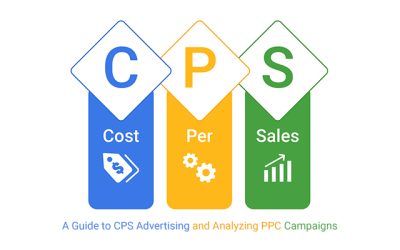
What Does Cost Per Install Mean?
Cost per install (CPI) is a pricing model for user acquisition campaigns, where advertisers pay a set fee to an ad network whenever their app is installed. This metric, specifically for mobile apps, helps marketers manage and measure their advertising budgets.
How to Calculate Cost Per Install
To calculate cost per install, divide the total marketing spend by the number of app installs generated by the campaign. For instance, if $500 is spent on ads and 150 installs are achieved, the CPI would be $3.33.
Formula for CPI:
CPI=Total Marketing SpendTotal Installs\text{CPI} = \frac{\text{Total Marketing Spend}}{\text{Total Installs}}CPI=Total InstallsTotal Marketing Spend
How Cost Per Install Works
CPI is closely linked to customer acquisition costs (CAC) and is used to gauge the effectiveness of paid advertisements in acquiring new users. Marketers often track CPI alongside average revenue per user (ARPU) to ensure that the revenue generated exceeds the acquisition costs. Since CPI focuses solely on new user acquisition, additional metrics like engagement and session length are essential to monitor user retention and churn.
Note: Besides CPI campaigns, marketers also use organic traffic, content marketing (blogs, websites, emails), and app store optimization (ASO) to gain new app users.
Importance of Cost Per Install
CPI is crucial for marketers to ensure their campaigns remain within budget. Since the ad network gets paid only when an app is installed, this model incentivizes the network to target the most relevant audience for the campaigns.
Differences Between CPI and Other App Marketing Metrics
While CPI is important, it is distinct from CPM, CPA, and eCPI. Below are the differences:
Difference Between CPM and CPI
In a cost-per-mille (CPM) model, advertisers pay for every thousand ad views. In contrast, CPI requires payment only when the app is installed, making it a more performance-based model.
Difference Between CPI and CPA
Cost per action (CPA) involves paying a fixed rate to an ad network when a user completes a specific action post-install, such as registration or an in-app purchase. Although both CPI and CPA are fixed rates, they target different stages of the user journey.
Explanation of CPI vs. eCPI
Effective Cost per Install (eCPI) also measures the cost of acquiring a new user but factors in organic variances in a marketing campaign. The key differences are:
- eCPI accounts for organic variations.
- eCPI is calculated post-campaign, unlike CPI, which is determined beforehand.
eCPI is more complex to calculate as it includes the viral impact of a campaign, often referred to as the “K-factor.” For more details, refer to our article on “Measuring K-factor in marketing: The impact of paid UA on organic installs.”
How to Reduce Cost Per Install
Marketers aim to reduce CPI to enhance their return on ad spend (ROAS) and overall return on investment (ROI). Here are some factors that influence CPI and how to manage them:
- Ad Networks: CPI varies by the media source used by the ad network. Refer to Business of Apps for platform-specific rates.
- App’s Vertical: The type of app affects CPI. For example, hybrid casual games typically have a higher CPI than e-commerce apps.
- Device Platforms: CPI differs between iOS and Android apps. iOS users generally spend more on in-app purchases, leading to higher CPI for iOS campaigns.
- Target Markets: CPI varies by region. The U.S., for instance, has the highest CPI due to intense app market competition.
- Ad Types: Different ad formats (banner ads, playable ads, rewarded videos) impact CPI differently. For example, rewarded videos are generally more effective and costly than interstitial ads.
Comparing Results to Industry Benchmarks
Before setting specific goals, compare your app’s CPI performance with industry benchmarks. According to Business of Apps, the latest average CPI statistics are:
- North America: $5.28
- Latin America: $0.34
- APAC: $0.93
- EMEA: $1.03
- Global iOS apps: $3.60
- Global Android apps: $1.22
- iOS games: $4.30
- Android games: $1.15
For more benchmarks, download Adjust’s ebook “Mobile App Trends: 2023 Edition,” which provides insights on over 5,000 apps, including sessions, installs, stickiness, retention, and ATT opt-in rates.


